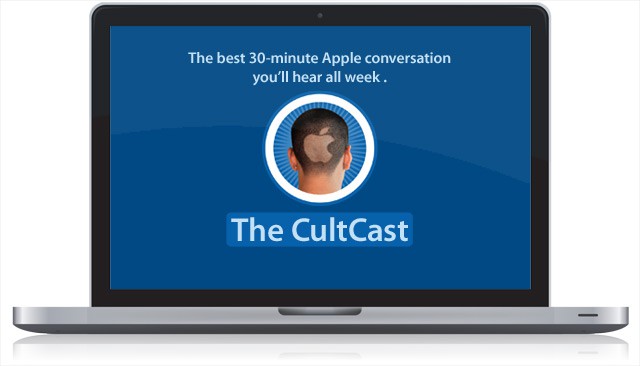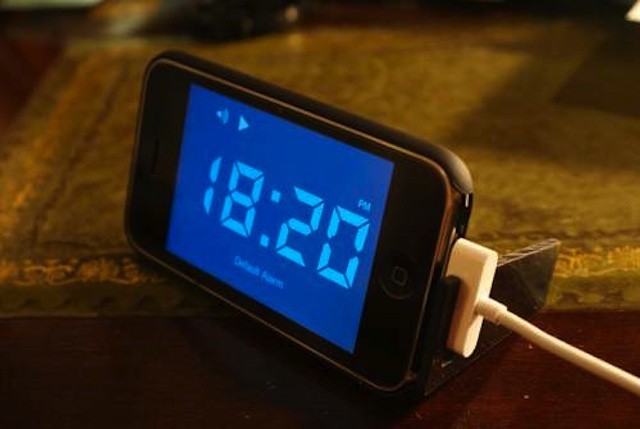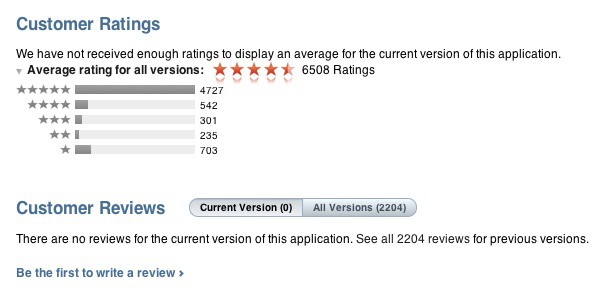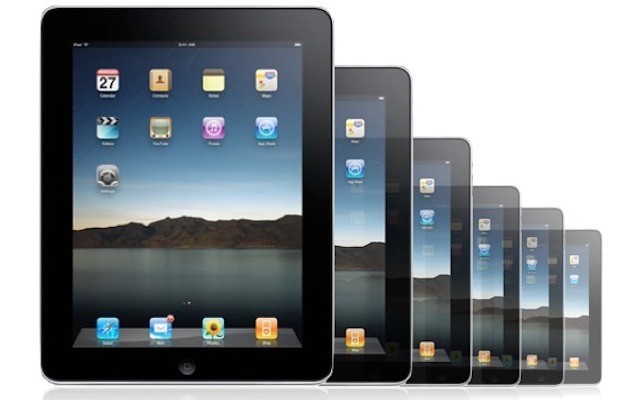You might think that the new MacBook Pro with Retina display breaks the bank as far as computers go, but compared to some of Apple’s older machines, it’s just a drop in the bucket. Apple has never had the most economical options for computers, but they’ve come a long way towards being affordable to most consumers. Don’t believe me? Forbes has compiled a list of the five most expensive Apple computers of all time.
Forget The Retina MacBook Pro, These Are The Five Most Expensive Apple Computers Of All Time



![Mixdown And Share Your Musical Genius With GarageBand for iPad [iOS Tips] Sounds sweet, right?](https://www.cultofmac.com/wp-content/uploads/2012/07/IMG_0168.jpeg)

![Miniot’s Mk2 iPad Cover Evokes Mid-Century Chic, But Not Without Some Drawbacks [Review] DSC_0227](https://www.cultofmac.com/wp-content/uploads/2012/07/DSC_0227.jpg)


![This Futuristic iPhone Concept Is A Bizarre New Take On Wearable Technology [Gallery] iPhone-002-brand](https://www.cultofmac.com/wp-content/uploads/2012/07/iPhone-002-brand.jpg)







![How To Hack Your iPhone To Add Wireless Charging [Video] Look! No wires.](https://www.cultofmac.com/wp-content/uploads/2012/07/screen-shot-2012-07-05-at-3-15-16-pm.jpg)




![Record A Potentially Award-Winning Podcast With GarageBand [OS X Tips] Podcasting with GarageBand](https://www.cultofmac.com/wp-content/uploads/2012/07/Screen-Shot-2012-07-05-at-4.53.52-PM.jpg)
![The Nifty MiniDrive Is An SD Card Designed To Go Unnoticed In Your MacBook [Kickstarter] See — the Nifty MiniDrive is almost unnoticeable.](https://www.cultofmac.com/wp-content/uploads/2012/07/ccf441f70a8210e225f226c6e7cb986b_large.jpg)
![Apple Will Tackle New iPad’s Heat Issues By Removing An LED Backlight Module [Rumor] Apple's new iPad is finally coming to China.](https://www.cultofmac.com/wp-content/uploads/2012/07/iPad-retina-hand.jpg)
![Painlessly Manage Your Finances With Cashculator [Last Chance] cashcalculator](https://www.cultofmac.com/wp-content/uploads/2012/06/cashcalculator.jpg)
![Is Amazon Taking On Apple’s iPhone With Its Very Own Smartphone Plans? [Rumor] Interesting tag-line, really.](https://www.cultofmac.com/wp-content/uploads/2012/07/amazon_logo.jpeg)